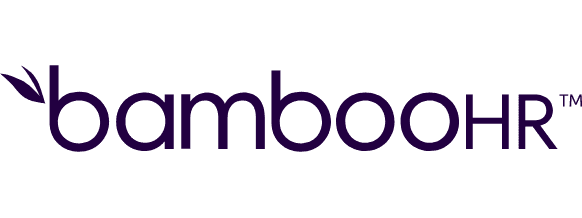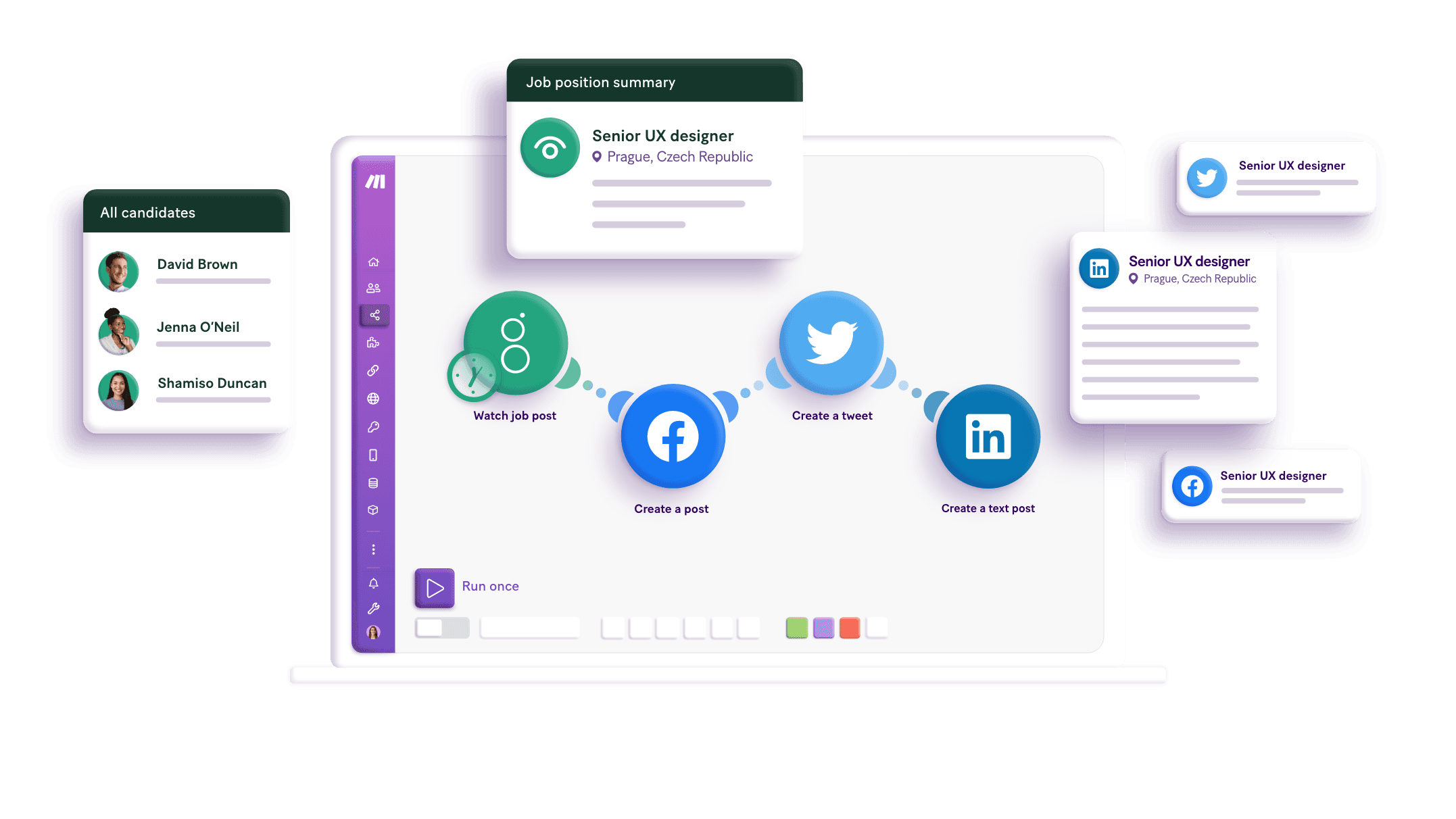Connect Facebook Messenger and Twilio Verify integrations
Connect Facebook Messenger and Twilio Verify with any of your favorite apps in just a few clicks. Design, build, and automate anything for your work by integrating apps like Facebook Messenger and Twilio Verify to create visual automated workflows. Choose from thousands of ready-made apps or use our no-code toolkit to connect to apps not yet in our library.
Trusted by thousands of fast-scaling organizations around the globe






Automate your work. Build something new.
Just drag and drop apps to automate existing workflows or build new complex processes. Solve problems across all areas and teams.

Build your Facebook Messenger and Twilio Verify integrations.
Create custom Facebook Messenger and Twilio Verify workflows by choosing triggers, actions, and searches. A trigger is an event that launches the workflow, an action is the event.
Checks a verification.
Creates a new verification service.
Deletes an existing verification service.
Retrieves the details of a sender by its PSID. Must first be approved for the Business Asset User Profile Access feature.
Retrieves an existing verification.
Retrieves an existing verification service.
Fetches all of the verification services.
Performs an arbitrary authorized API call.
Sends a new message or attachment by the recipient identifier.
Popular Facebook Messenger and Twilio Verify workflows.
Looking to get more out of Facebook Messenger and Twilio Verify? With Make you can visually integrate Facebook Messenger and Twilio Verify into any workflow to save time and resources — no coding required. Try any of these templates in just a few clicks.
Automatically translate new Facebook Messenger messages with DeepL
Every time a new message is posted in Facebook Messenger Chat, Make will automatically translate it using DeepL and post the translated text back to Facebook Messenger.
TRY IT ->Automatically translate new Facebook Messenger messages with Yandex.Translate
Every time a new message is posted in Facebook Messenger Chat, Make will automatically translate it using Yandex.Translate and post the translated text back to Facebook Messenger.
TRY IT ->Start Verification using Twilio Verify
With this automation, you can verify a phone number; this is mainly used for identification purposes. For example, this allows authenticating users that want to authenticate using their phone number. Once they enter their phone number, an SMS is sent to their phone containing a verification code. In order for the user to authenticate, the user is asked to enter the code received with the SMS. Once the user submits the code, the automation authenticates the code. If the code is valid, you can redirect the user to the desired location. If the code is invalid, the automation repeats itself and sends another verification code.
TRY IT ->Create personalized audio responses for new Facebook Messenger messages
Every time a new message is received in Facebook messenger, Make will automatically create a personalized audio response to the sender via Google Text-to-Speech API.
TRY IT ->Send a Slack notification when a new message is received in Facebook Messenger
Every time a new message is received through Facebook Messenger, a notification will automatically be sent through Slack to a channel of your choice.
TRY IT ->Detect Dialogflow intents for new Messenger messages
Every time a new message is received on Facebook Messenger, Make will automatically detect the intent with Google Dialogflow API. Then, the intent's output is sent as a reply in Messenger.
TRY IT ->Add new Facebook Messenger messages to Trello as cards
Every time you receive a new message on Facebook Messanger, Make will automatically add a new card to a Trello board of your choice.
TRY IT ->Automatically translate new Facebook Messenger messages with Google Translate
Every time a new message is posted in Facebook Messenger Chat, Make will automatically translate it using Google Translate and post the translated text back to Facebook Messenger.
TRY IT ->
FAQ
How it works
Traditional no-code iPaaS platforms are linear and non-intuitive. Make allows you to visually create, build, and automate without limits.






